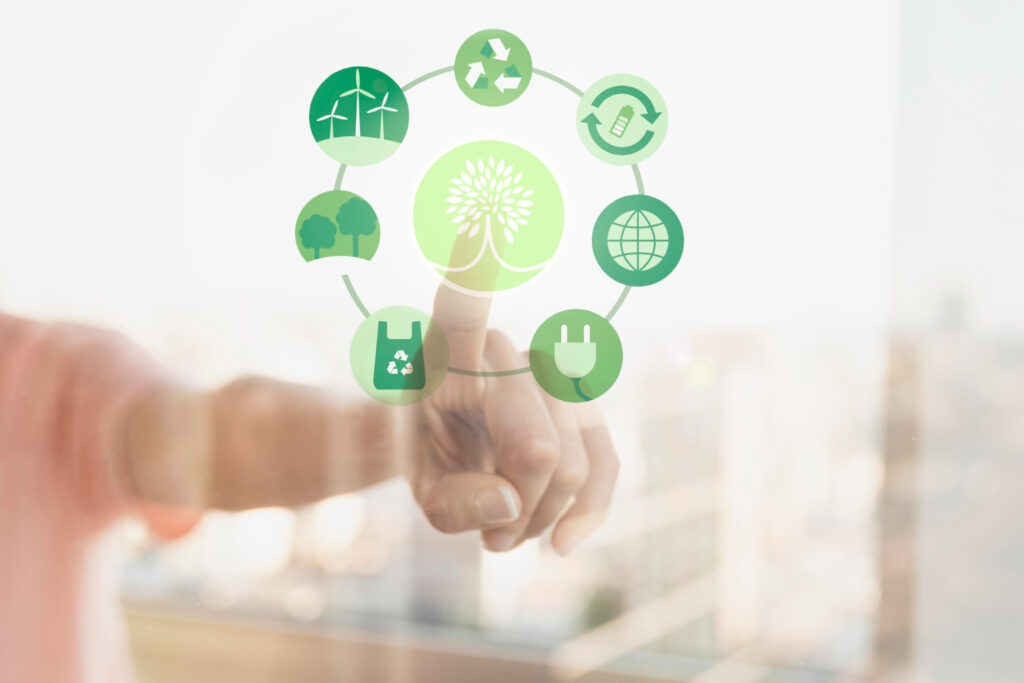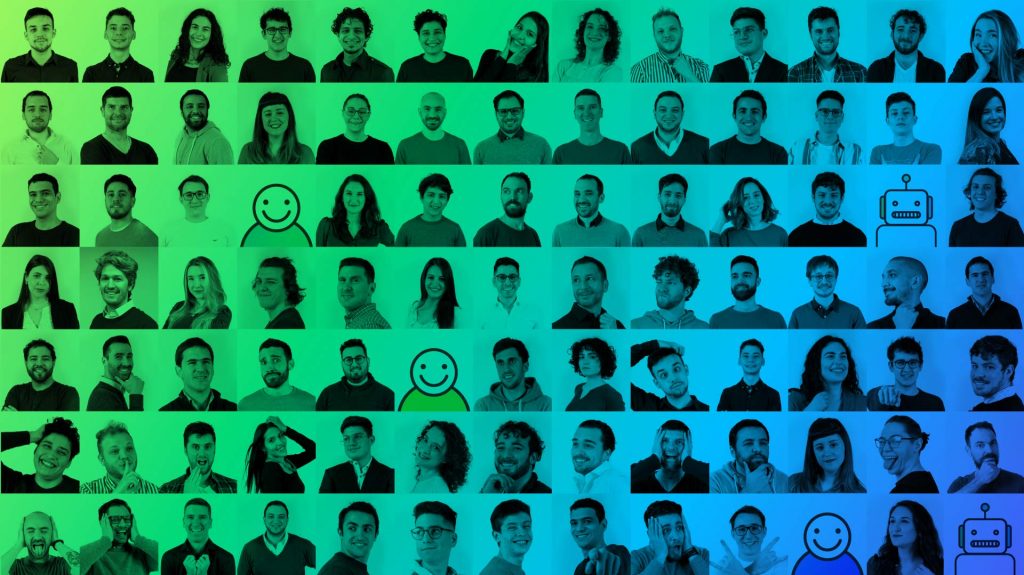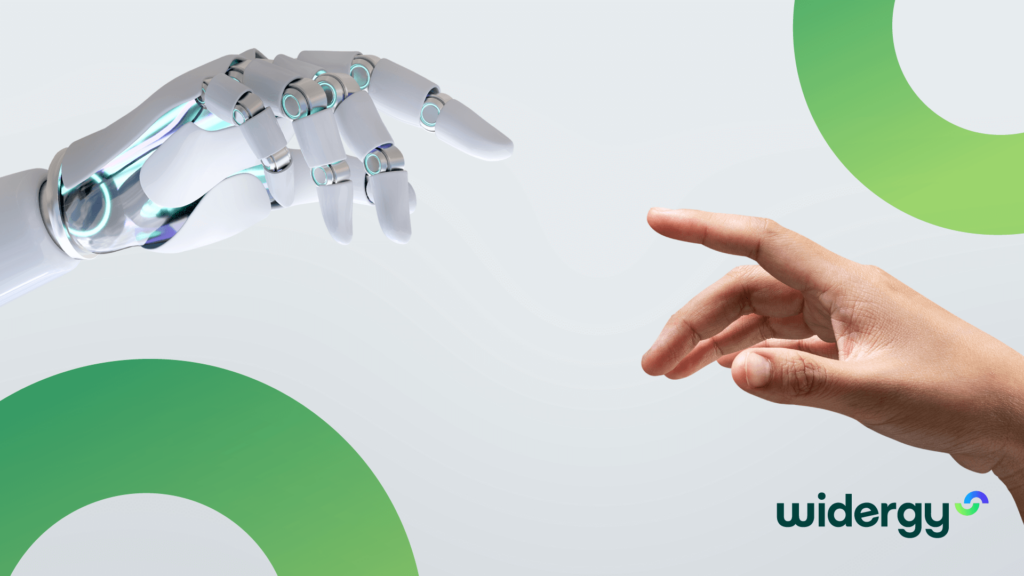Second Generation Chatbots
Much of the corporate world is clear that they want to have a chatbot, the next question is: what for?
According to a study conducted by Mind Browser, 96% of businesses believe that chatbots are here to stay. This is aligned with Gartner’s vision, which posits that by 2019, 40% of companies will use chatbots to simplify their business processes through natural language interactions.
The main objective that companies pursue when implementing a chatbot is to allow their customers to interact in a natural and fluid way, as if they were interacting with another person. The vast majority of chatbots are integrated into channels such as a website, a mobile app or facebook messenger.
The first generation of chatbots was based on interactions that provide generic answers to frequently asked questions. Beyond the technological novelty, they have not yet managed to significantly improve the user experience or reduce operating costs in traditional channels (call center, sales office, etc.).
The immense potential of artificial intelligence and machine learning in general and cognitive engines in particular is clear. It is therefore essential to understand how to get the most out of chatbots as a customer service channel.
Welcome to the Second Generation chatbots
In the era of hyper-personalization, we understand that the evolution of chatbots is given by interactions tailored to each user, which in addition to understanding the context and answering general questions, incorporates answers to particular questions with the user’s own information. Some examples of this type of queries could be:
- What is my debt?
- I want a copy of my invoice
- What is the status of my application?
Some companies such as e-Bay or Freddo in Argentina are already exploring this potential to manage orders that are usually placed through the telephone or web channel.
For the new generation of Chatbots, their intelligence is not only based on interpreting what the user asks, but also on “conversing” with backoffice systems to obtain personalized data or to initiate a certain procedure.
With this approach we developed Utility GO! Agent, the module of our platform in charge of facilitating the interaction between Utilities and their customers. This module has pre-configured dialogs with questions that customers usually ask Utilities. It also has a set of services that integrate with the most common Utilities’ customer care platforms, facilitating the implementation of second-generation chatbots. These are key points as they increase the effectiveness of the channel, as well as reduce setup and initial training times.


